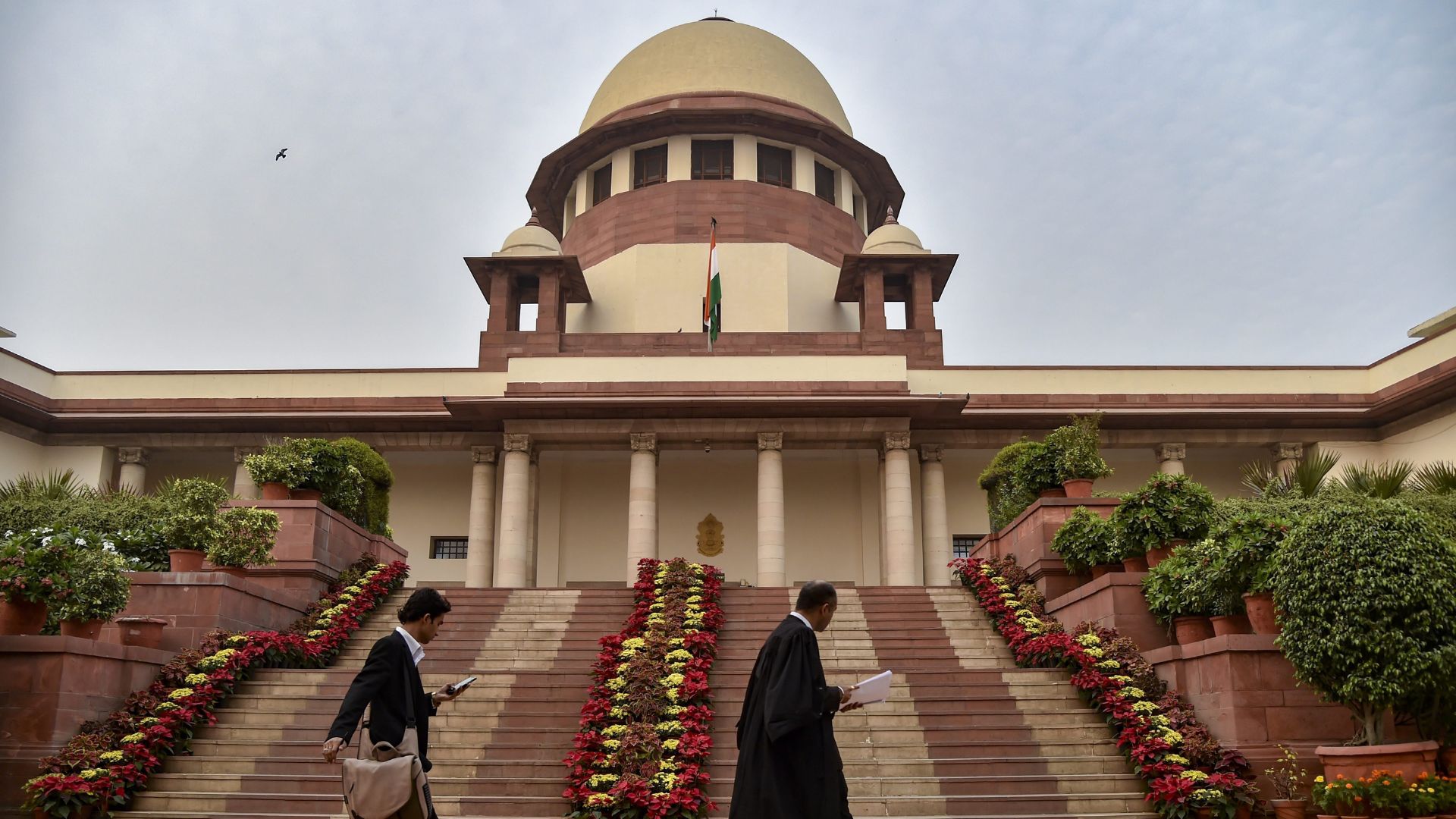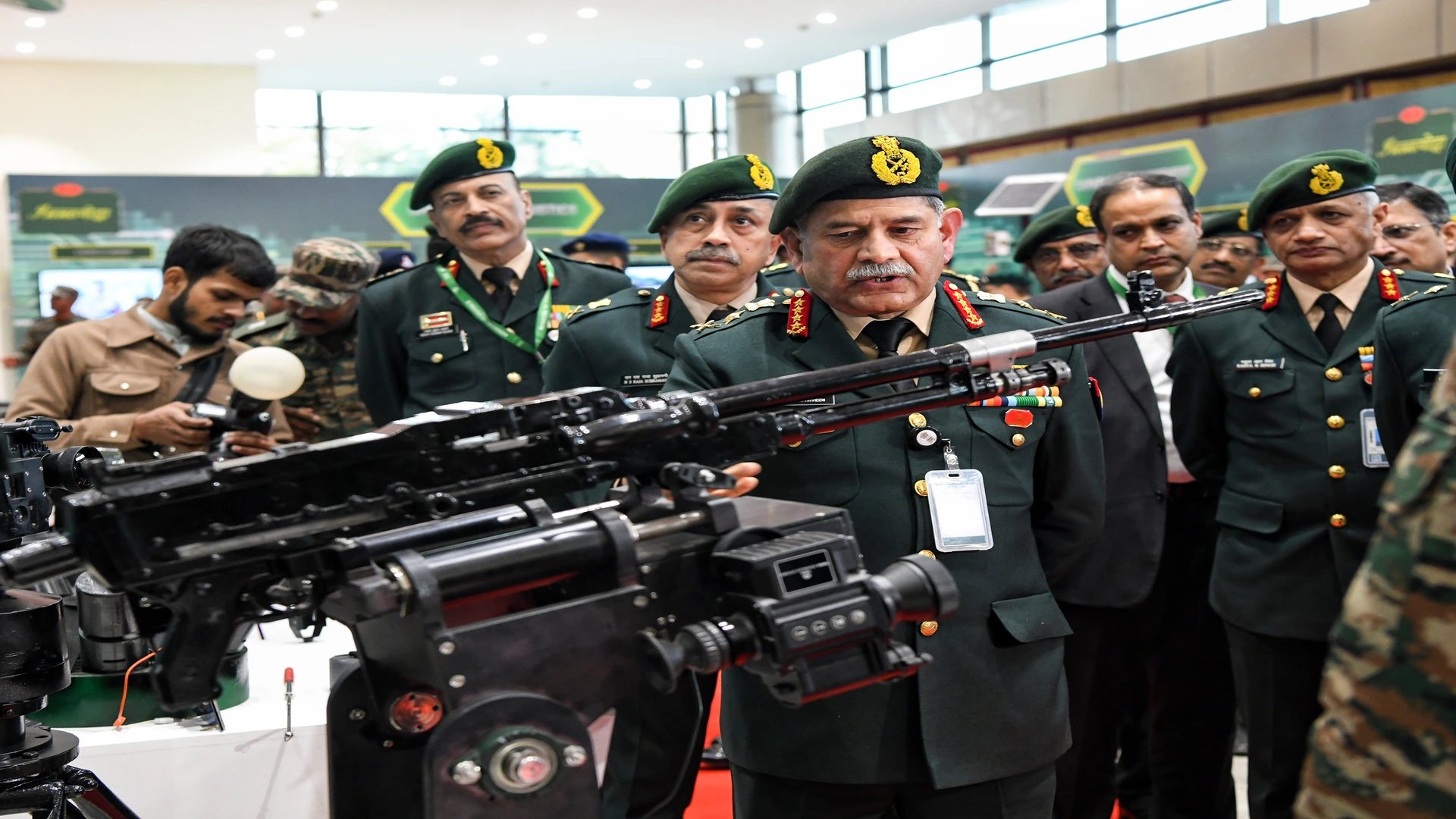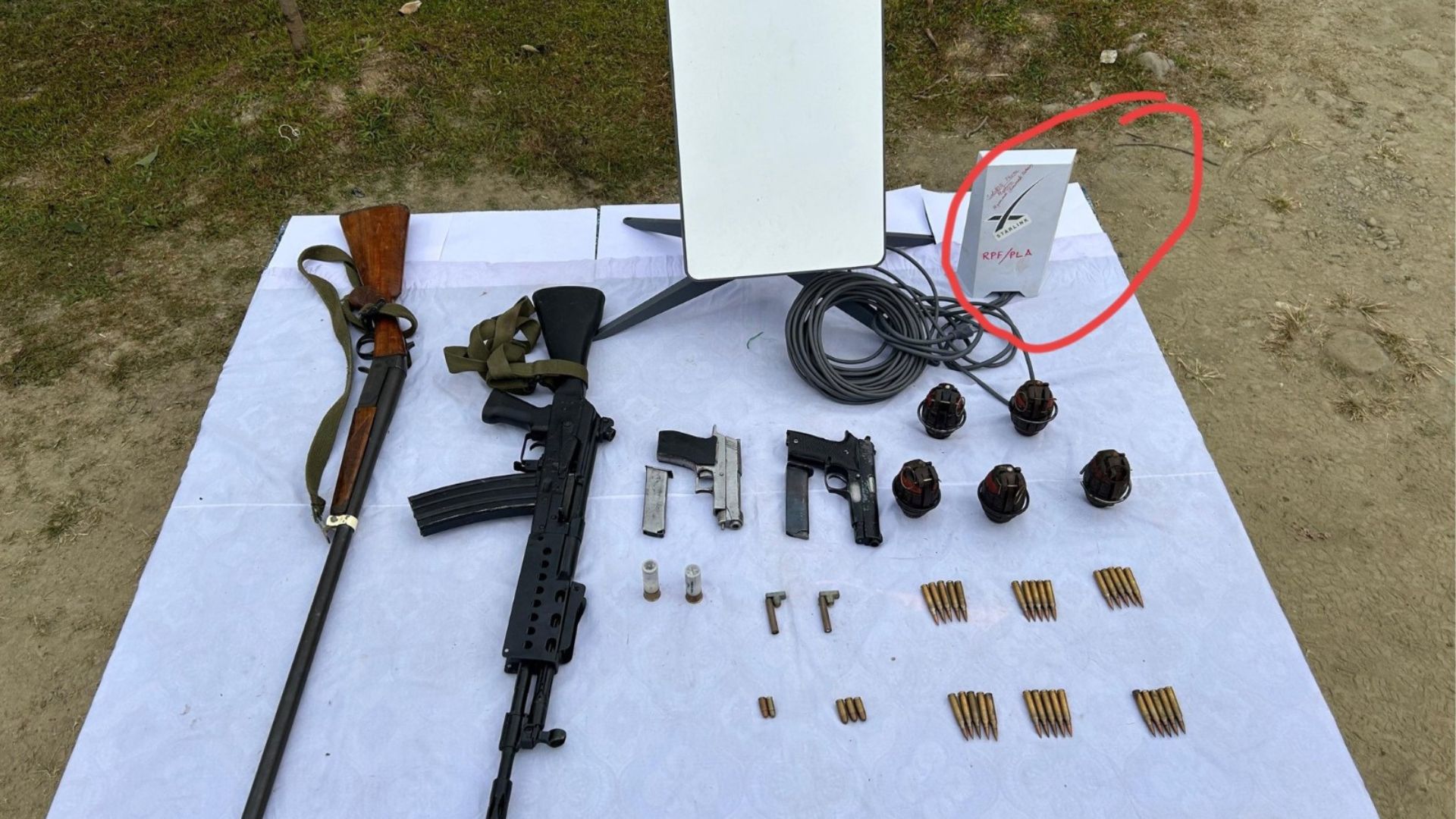
The Supreme Court has expressed concern over the delay in publishing voter turnout data by the Election Commission (EC), questioning the need for such delays. When the bench asked, “What is the difficulty in putting the turnout data on the website?”, the EC’s counsel explained that collecting the necessary data takes time.
On April 26, the Supreme Court dismissed the Association for Democratic Reforms’ (ADR) plea to revert to ballot papers, alongside their concerns over the reliability of Electronic Voting Machines (EVMs). Despite these dismissals, ADR has renewed its plea, doubting the fairness of the electoral process. EC’s counsel, senior advocate Maninder Singh, defended the EC’s actions, stating that senior officials had addressed every concern raised by ADR’s counsel, Prashant Bhushan. Singh emphasized that after extensive interactions with EC officials, Justices Sanjiv Khanna and Dipankar Datta had dismissed the ‘back to ballot’ plea, affirming the trustworthiness of EVMs.
“Just because Bhushan feels like bringing anything through an application, that too in a petition pending since 2019, the court should not entertain it. These are attempts to impede the election process, four phases of which have been completed smoothly,” Singh argued.
The Chief Justice-led bench refuted allegations of preferential treatment towards Bhushan. “That is a wrong charge. If we find an issue that requires the court’s attention and intervention, we will do so irrespective of who brings it before the court. If required, we will sit the whole night to hear a matter,” the bench stated. The plea was heard at 6:10 PM, after regular court hours.
On April 26, Justices Khanna and Datta declared, “In our considered opinion, EVMs are simple, secure, and user-friendly. Voters, candidates and their representatives, and officials of the EC, are aware of the nitty-gritty of the EVM system. Incorporation of the VVPAT system fortifies the principle of vote verifiability, thereby enhancing the overall accountability of the electoral process.”
They also detailed the process for calculating and publishing voting percentages under Form 17C, emphasizing its importance in confirming the number of votes cast. They ensured that the voting percentage was provided to each polling agent.
ADR had moved the court following concerns raised by Congress, TMC, and CPM about delays in releasing final voter turnout figures for the first two phases of the ongoing elections. ADR pointed out that the voter turnout data for April 19 was published on April 30, and for the second phase on April 26, it was also published on April 30, reflecting delays of 11 and four days, respectively.
ADR alleged, “The data as published by EC in its press release dated April 30 shows a sharp increase (by about 5-6%) as compared to the initial percentages announced by EC as of 7 PM on the day of polling. The inordinate delay in the release of final voter turnout data, coupled with the unusually high revision (of over 5%) in the EC’s press note of April 30, and the absence of disaggregated constituency and polling station figures in absolute numbers, has raised concerns and public suspicion regarding the correctness of the said data.”
Pollster Yashwant Deshmukh remarked, “Heatwave an excuse. If contests are close, voters will come.” ADR insisted that these concerns be addressed to maintain voter confidence. They called for the EC to publish on its website scanned legible copies of Form 17C Part-I (account of votes recorded) from all polling stations within 48 hours of the close of polling to ensure transparency and accuracy in the electoral process.















